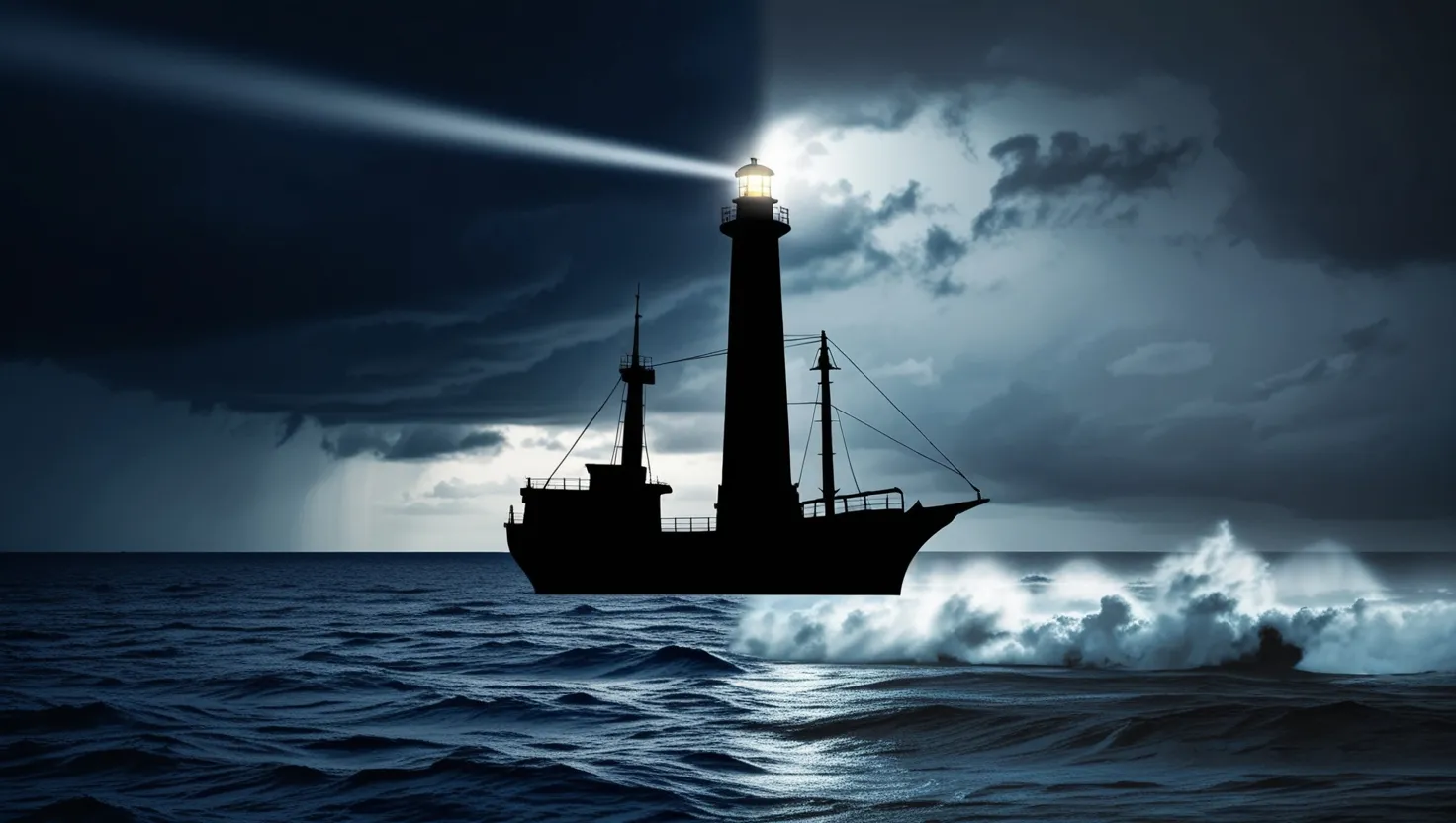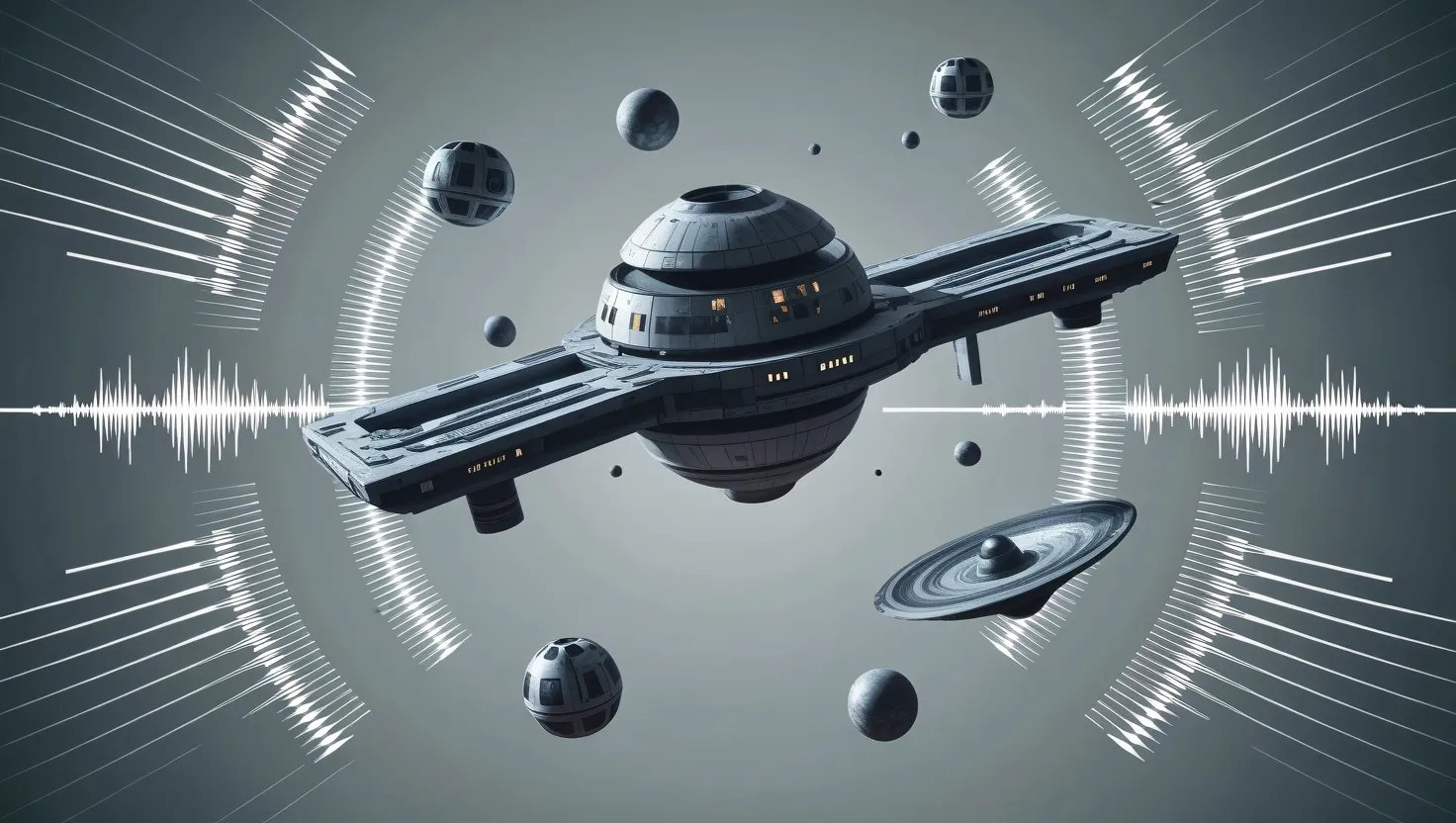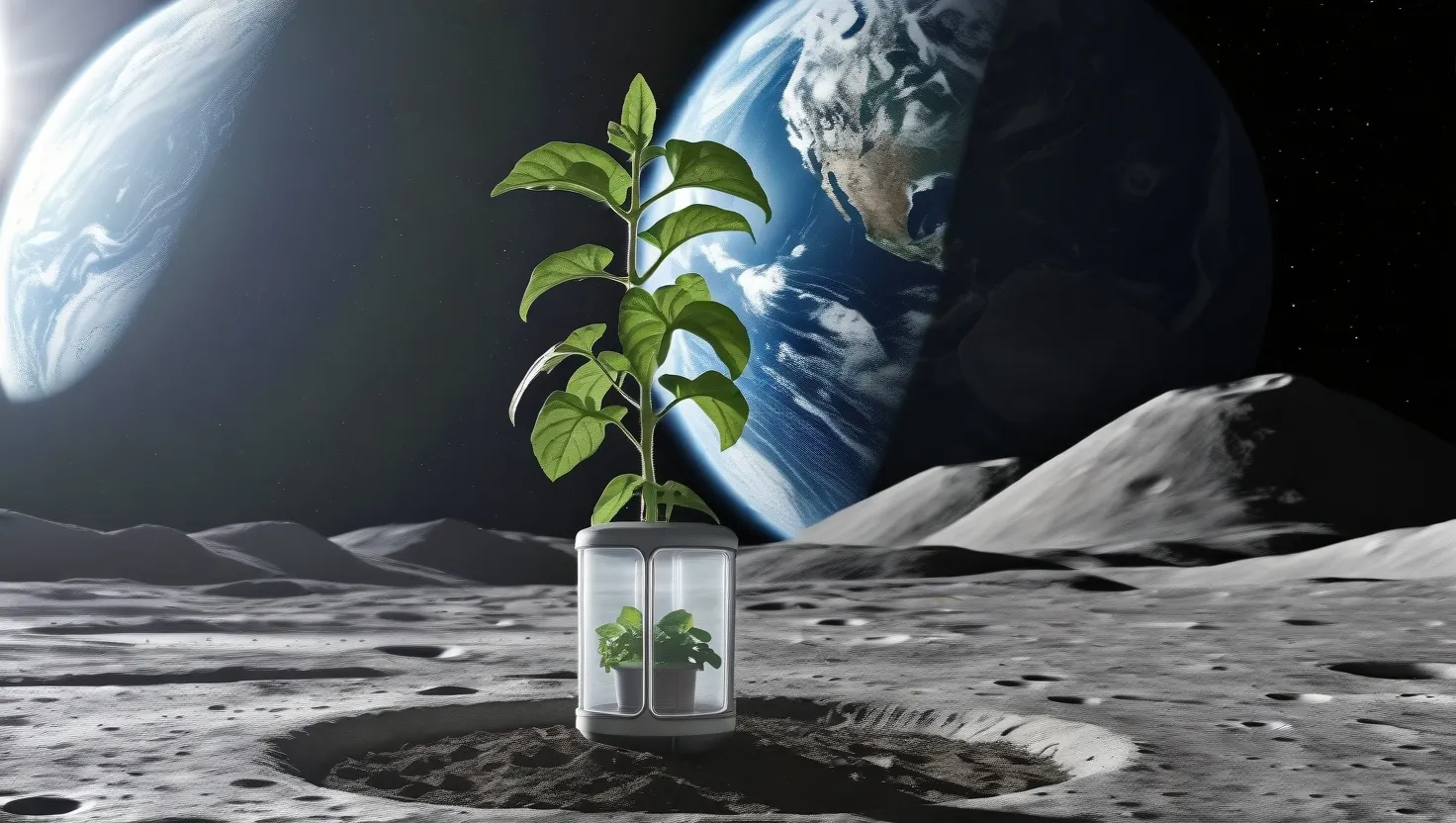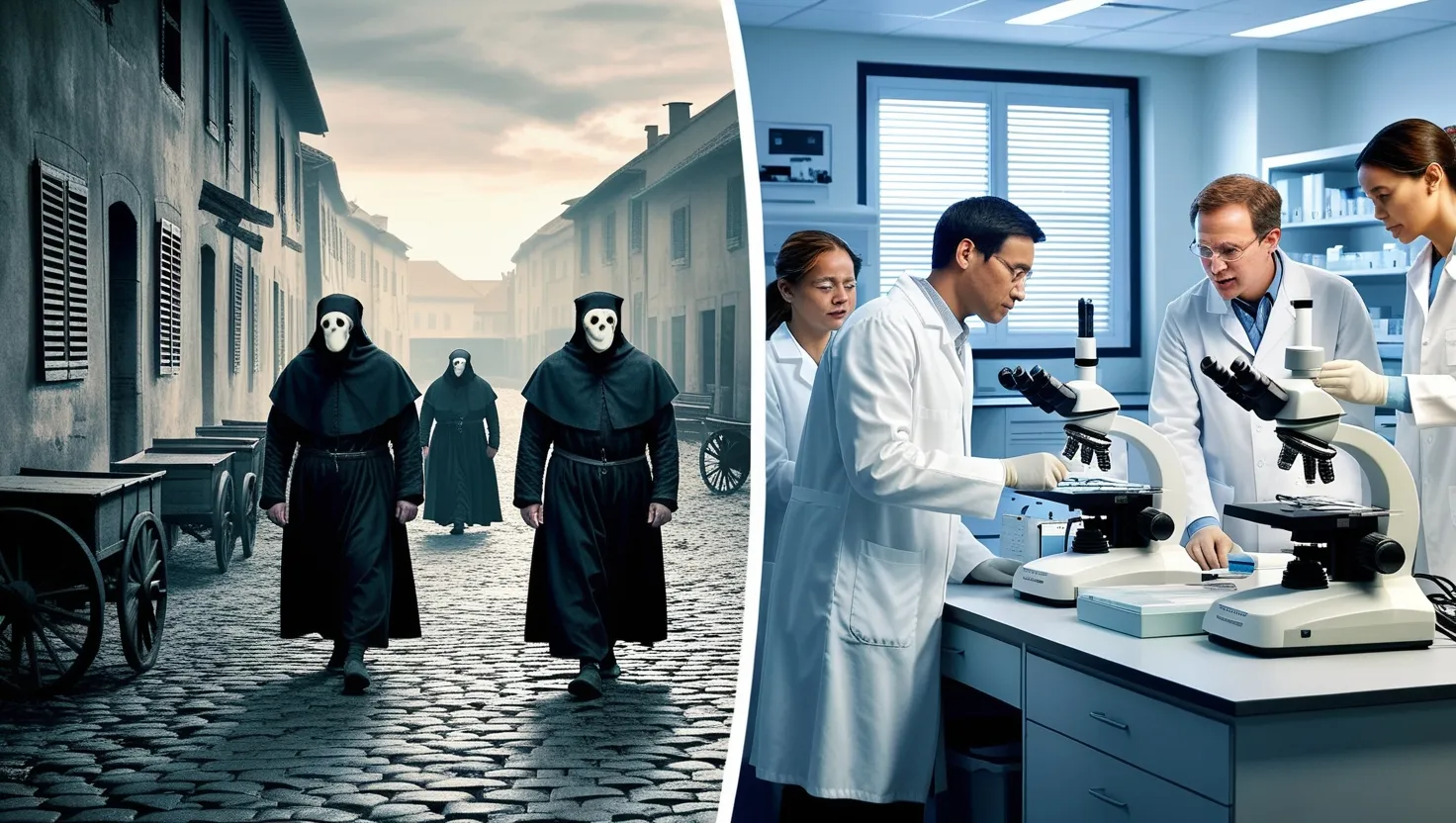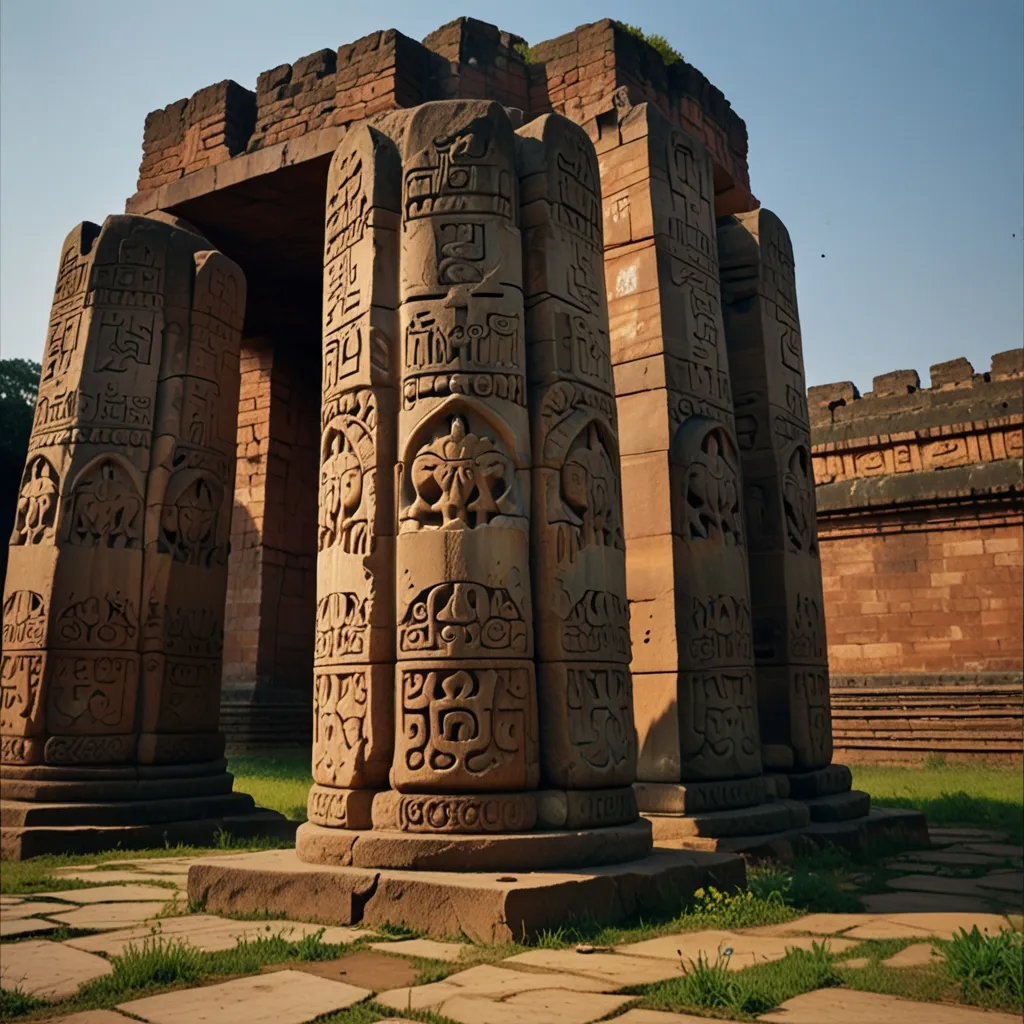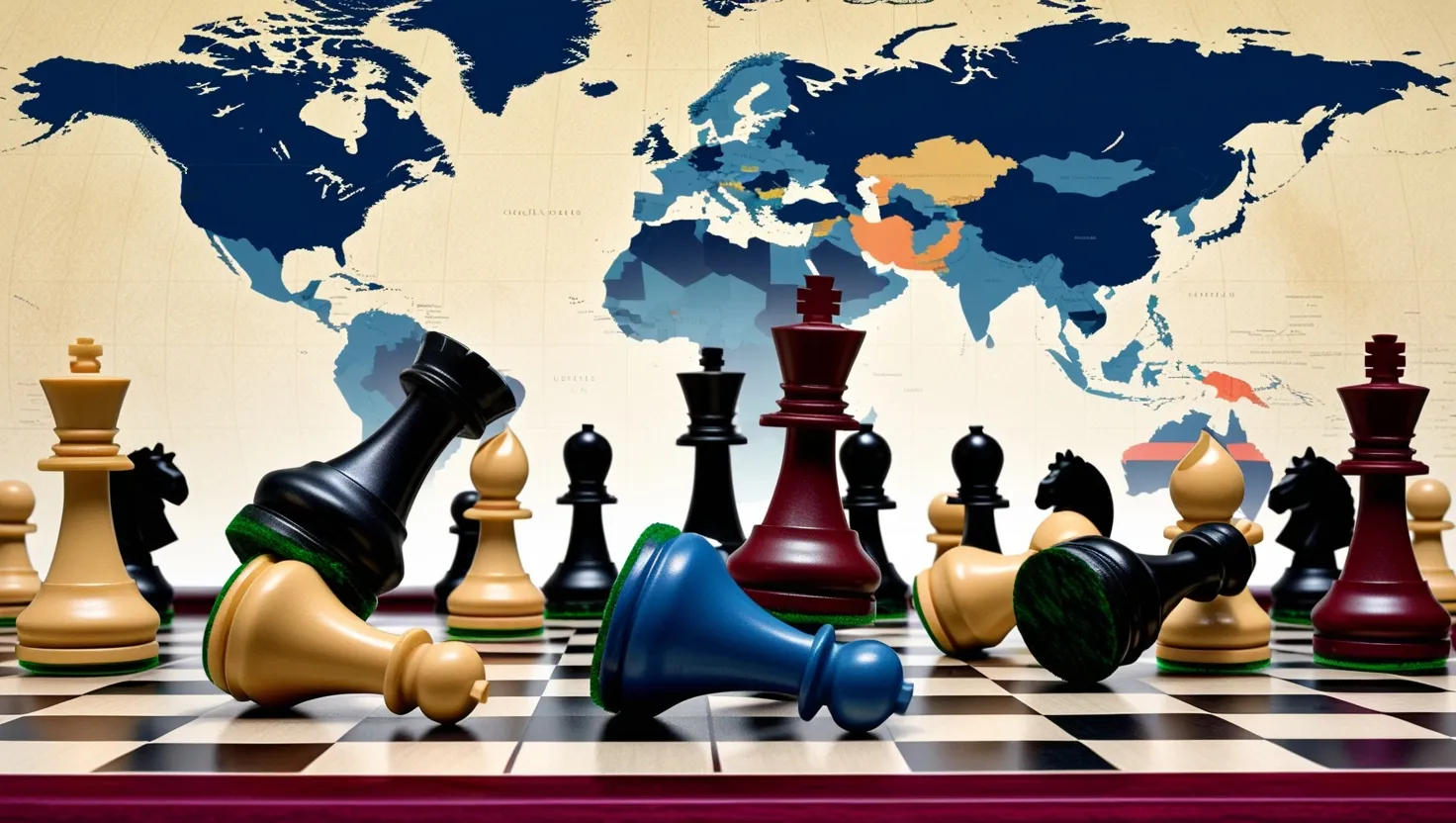Sometimes, it takes disaster for the world to pay attention. I often find myself struck by how many improvements in our lives are written in tragedy’s ink, and nowhere is this more evident than at sea. When we think of the ocean, perhaps we imagine grand ships, powerful engines, and the freedom of open water. Yet, for those who have made their lives in the shipping industry — or even set foot on a ferry with family — the shadow of disaster is always close. Over the last century, five notable maritime tragedies didn’t just make headlines; they changed the rules, often in surprising and even paradoxical ways.
“The sea, once it casts its spell, holds one in its net of wonder forever.” Jacques Cousteau’s words come to mind, but wonder can quickly become terror when safety takes a back seat. Take the Titanic. Its name alone is shorthand for catastrophe — but what often escapes popular retelling is the regulatory chaos that made its sinking so deadly. The Titanic sailed with far fewer lifeboats than passengers because the rules at the time based lifeboat numbers on the ship’s tonnage, not actual people onboard. After the unthinkable happened, governments scrambled to rewrite the standards. Lifeboats for all became the new minimum. But more quietly, the world’s governments also coordinated for the first time to patrol iceberg routes and forced ships to maintain radios round the clock, so a distress call would never again go unheard.
Curiously, new rules sometimes have unintended effects. Just three years after Titanic, in Chicago, the SS Eastland loaded up with enough lifeboats to meet the revised standards. But the Eastland was already top-heavy, and the extra weight on deck proved fatal. The ship rolled over while still tied to the dock, trapping hundreds below decks and turning a morning of joy into one of the deadliest maritime disasters in U.S. history. Here lies a paradox that’s easy to overlook: fixing one safety problem can unintentionally cause another. The lesson from Eastland forced regulators to consider ship stability as carefully as they did lifeboats. Engineers learned to think holistically about safety, not just add-ons.
“Safety brings first aid to the uninjured.” This quote by F.S. Hughes feels especially relevant when we look at what happened in Texas City in 1947. Most disasters at sea kill the people aboard — but when the Grandcamp exploded, the carnage swept through the shore. The ship was carrying ammonium nitrate, a chemical known today for its explosive properties but then considered mostly as fertilizer. A small fire in the hold led to a chain reaction, obliterating the ship and setting off a shockwave that leveled port facilities, homes, and entire neighborhoods. For the first time, authorities saw that the dangers of shipping were not limited to the water — port cities themselves needed protection. Regulations now required strict segregation of hazardous materials, rigorous inspection routines, and complex emergency response plans. The legacy of Texas City includes entire systems of risk management and zoning that keep countless communities safe.
Have you ever glanced at a radar screen and tried to make sense of it? In 1956, radar was supposed to make ships safer and collisions a thing of the past. But the story of the SS Andrea Doria and the MS Stockholm shows how technology alone can’t prevent disaster. Both ships had radar. Both captains thought they understood what the blips meant. And yet, confusion and miscommunication led to a deadly collision in fog. The Andrea Doria began to list and, despite heroic rescues, lives were lost. Out of this, the maritime community realized that equipment is only as good as the people using it. From here on out, radar training became standardized, procedural language for approaching vessels was formalized, and bridge teams learned not to rely blindly on machines. Sometimes, progress means appreciating the human factor more, not less.
“Disaster is the mother of caution.” This old proverb rings especially true for those who responded to Exxon Valdez. In 1989, when the massive oil tanker ran aground in Alaska, it dumped eleven million gallons of crude into one of the most ecologically sensitive regions on earth. The world watched as pristine wilderness was destroyed. Before this, oil spills were considered mostly a matter for shipping companies and their insurers. Afterward, the U.S. government stepped in with sweeping reforms: double-hulled tankers became mandatory, response plans got sharper teeth, and an entire system of environmental accountability was born. Oddly enough, some of these reforms were already on the table — but only the scale of the Valdez spill provided the political will to act.
What ties all these disasters together? Each was a moment when the system failed in a different way — not always for the reasons we expect. Regulations that seem like common sense today were once mere suggestions or not even considered. For example, lifeboats for all only came after the Titanic; meaningful hazardous materials management only after Texas City; proper radar use only after Andrea Doria’s demise. Ship design stability became critical after the Eastland, and modern environmental law matured in the oily aftermath of Exxon Valdez.
“Out of the strain of the doing, into the peace of the done.” Julia Woodruff’s words whisper what survivors and lawmakers must have felt in the wake of these tragedies. Yet, every new rule is a reaction, and seldom do we see true foresight in safety standards until after the cost has been paid in blood or oil.
When I reflect on the sea’s great lessons, I return often to the unexpected. Who would imagine, for example, that adding lifeboats could capsize a ship, or that a fertilizer shipment could flatten a city, or that radar could confuse as much as clarify? It’s a reminder that the search for safety never really ends; it merely evolves. Every regulation written in aftermath is a monument to those lost — and a challenge to us to anticipate the next hazard before tragedy calls it to our attention.
If these disasters teach us anything, it’s that safety isn’t a checklist, it’s a process. It’s not only about what equipment we install or what procedures we write, but about constant vigilance and the humility to learn from mistakes — especially those that seem unlikely. What other dangers at sea might we be ignoring today, simply because nothing terrible has happened yet? And will future generations look back at us and wonder why we waited?
As you consider these stories, perhaps ask yourself: the next time you board a ship, what invisible legacies keep you safe? Behind every calm crossing lies a storm survived, a lesson learned, and a standard raised, often at tremendous cost. If foresight is rare, vigilance is our next best line of defense, and the sea, as ever, will tolerate no complacency.
